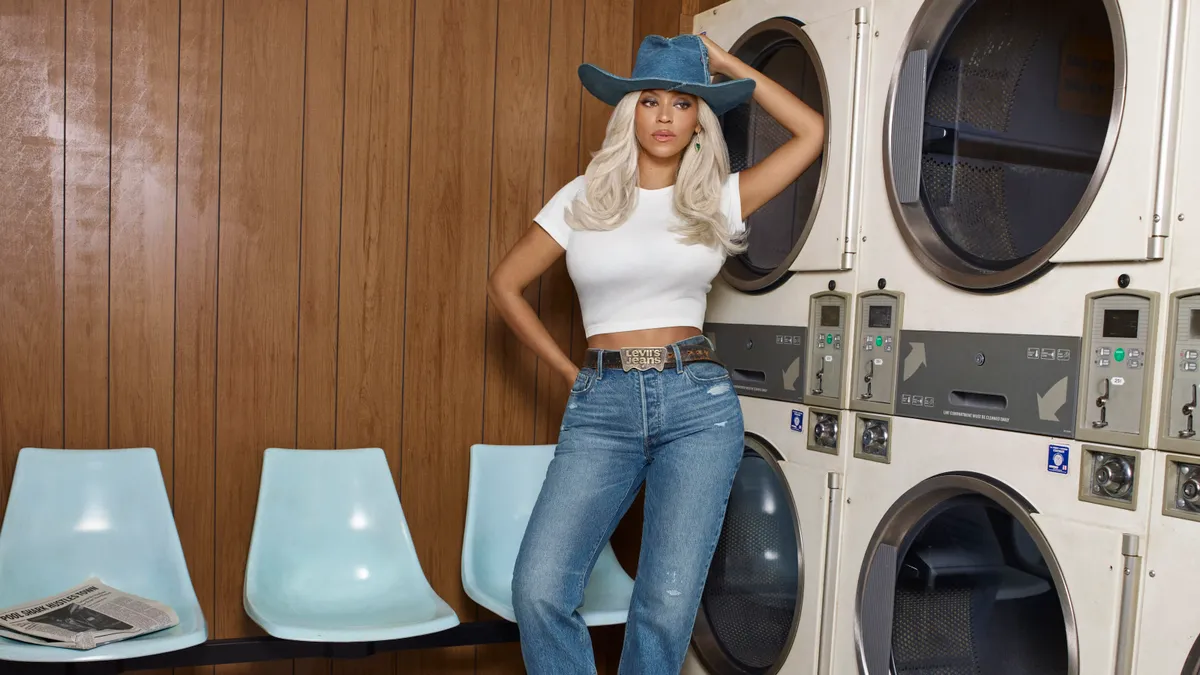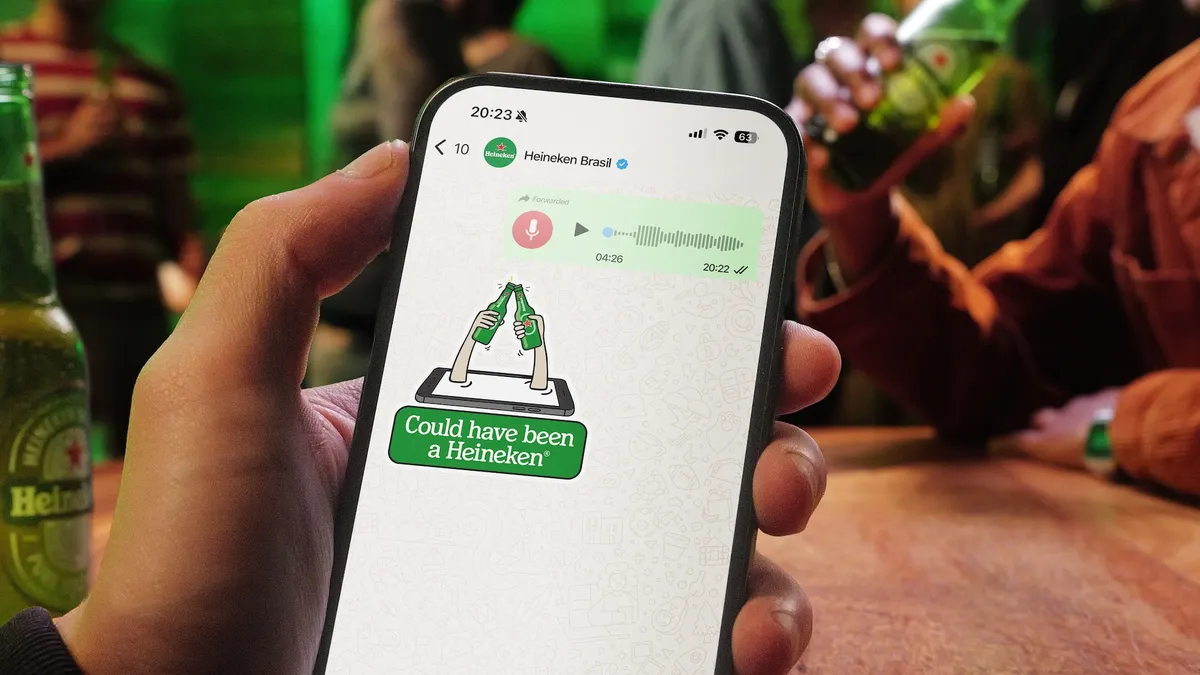YouTube, Google's video-sharing platform with 1.5 billion users worldwide, has had a rocky year coping with an advertiser boycott spurred by findings that it — or its automated technology — placed brand advertisements next to extremist content.
Several YouTube stars complained that the boycott hurt their monthly income from advertising, The New York Times reported. And Google warned video creators in March of potential "fluctuations" triggered by changes in their systems as the company responded to advertiser complaints.
Google's quick response, which included the removal of offensive content and more thorough vetting of videos, has helped to bring back advertisers, according to tracking firm MediaRadar. But some content creators were swept up in the crackdown that deleted their videos.
"YouTube has been implementing practices that have been divisive among its content creators while simultaneously making it harder for new up-and-coming channels to get the audience's attention," Miguel Lantigua, a social media strategist at EMSI Public Relations, said by email. "This has prompted a lot of creators to branch out on other platforms such as Vimeo and Twitch to diversify revenue streams as well as audience engagement."
Appealing alternatives
Vimeo, owned by IAC, offers a variety of video hosting plans that are priced based on the level of service. The platform, which has 50 million video creators worldwide, is mostly aimed at filmmakers who want to share their work without in-video ads. But businesses can pay to host videos on a commercial account.
Twitch, which was acquired by Amazon in 2014, lets viewers watch other people play video games in real-time. The network this year opened up its Partnered streamers program to let more content creators earn money based on ad viewership and direct payments from viewers.
Periscope, Pinterest, Cabana, HouseParty, Kanvas, YouNow and even video streaming service Netflix are also possible rivals to YouTube, said Jennifer Shambroom, chief marketing officer at mobile ad platform YouAppi.
"If Netflix transitioned from a DVD-by-mail service to a leading streaming media company and No. 2 for Emmy nominations (ahead of everyone but HBO), then I wouldn't bet against them broadening their content offering," she said. Netflix has more than 100 million paid subscribers worldwide.
Facebook's growing shadow
But YouTube likely faces its greatest challenge from Facebook, the social network with 2 billion users that has made video content a key part of its strategy to engage audiences and sell more advertising. Facebook this month debuted Facebook Watch, a YouTube-like service that encourages viewers to interact with their friends as they watch video programming.
"The biggest threat is Facebook, as it refines its video ad serving, influencers will be able to monetize the platform, it will just require completely different audience aggregation techniques," Charlie Brugnolotti, vice president of sales at social influencer agency Influence Central, said via email.
Shambroom agrees that Facebook will be the biggest YouTube rival, pointing to YouAppi research that found mobile marketer and agency clients who preferred Facebook over YouTube for their mobile video campaigns by a margin of 75% to 66%.
"No one has the reach that Facebook has, and Instagram's growth has been amazing, so for the right product categories, I wouldn't bet against Facebook," she said. Instagram has 700 million users, and Facebook is keen to monetize that audience.
Dark horses
Dailymotion, the Vivendi-owned video sharing service with 300 million users worldwide, may also gain a greater following in the U.S. The service relaunched in June with a greater emphasis on professionally produced content.
"Dailymotion has a legacy name and incredible financial backing," Brugnolotti said. "Should it ever be able to obtain more of the U.S. market share, it could become a huge thorn in the side for YouTube."
Video creators who feel confined by YouTube's restrictions on content also may try seeking direct payments from their fans.
"Many content creators are frustrated to see videos with no suggestive content arbitrarily demonetized with little to no response from YouTube itself," EMSI's Lantigua said. "This has created a 'patron-based economy' in which [an] audience donates directly to their favorite channels either via YouTube itself or crowd-funding platforms such as Patreon."
Patreon, which has more than 50,000 content creators and 1 million patrons to support them, estimates it will pay $150 million to content creators this year. It collects a 5% commission and another 5% for transaction fees.
A tough egg to break
Despite growing threats from competitor platforms, YouTube still has the most name recognition, the biggest audience and a deep-pocketed owner that dominates digital advertising. YouTube this month updated its mobile app to let users message each other and share videos. The update is another way to keep viewers hooked on its platform and keep pace with more socially-oriented Facebook.
"It is going to be hard to break consumers away from a brand that has been the go-to for video content for over 10 years," Influence Central's Brugnolotti said.
YouTube also responded quickly to the advertiser boycott, and some major brands that had pulled their ads started to return. General Motors, Johnson & Johnson, AT&T, Verizon and Walmart were back on the platform within a few months, according to MediaRadar.
"YouTube will remain the centerpiece of any content creator looking to promote and share videos as no other video platform has as many active users as YouTube," EMSI's Lantigua said. "Advertisers are YouTube's bread and butter; therefore their needs will greatly outweigh any inconveniences its content creators may face."




















